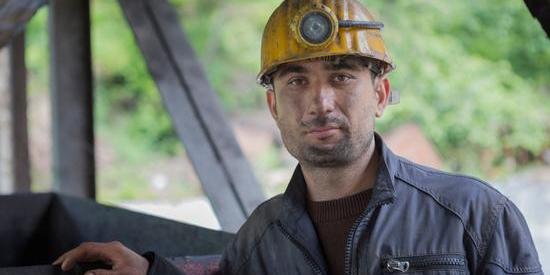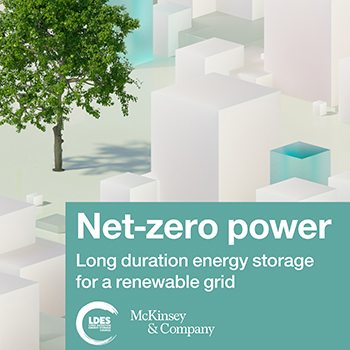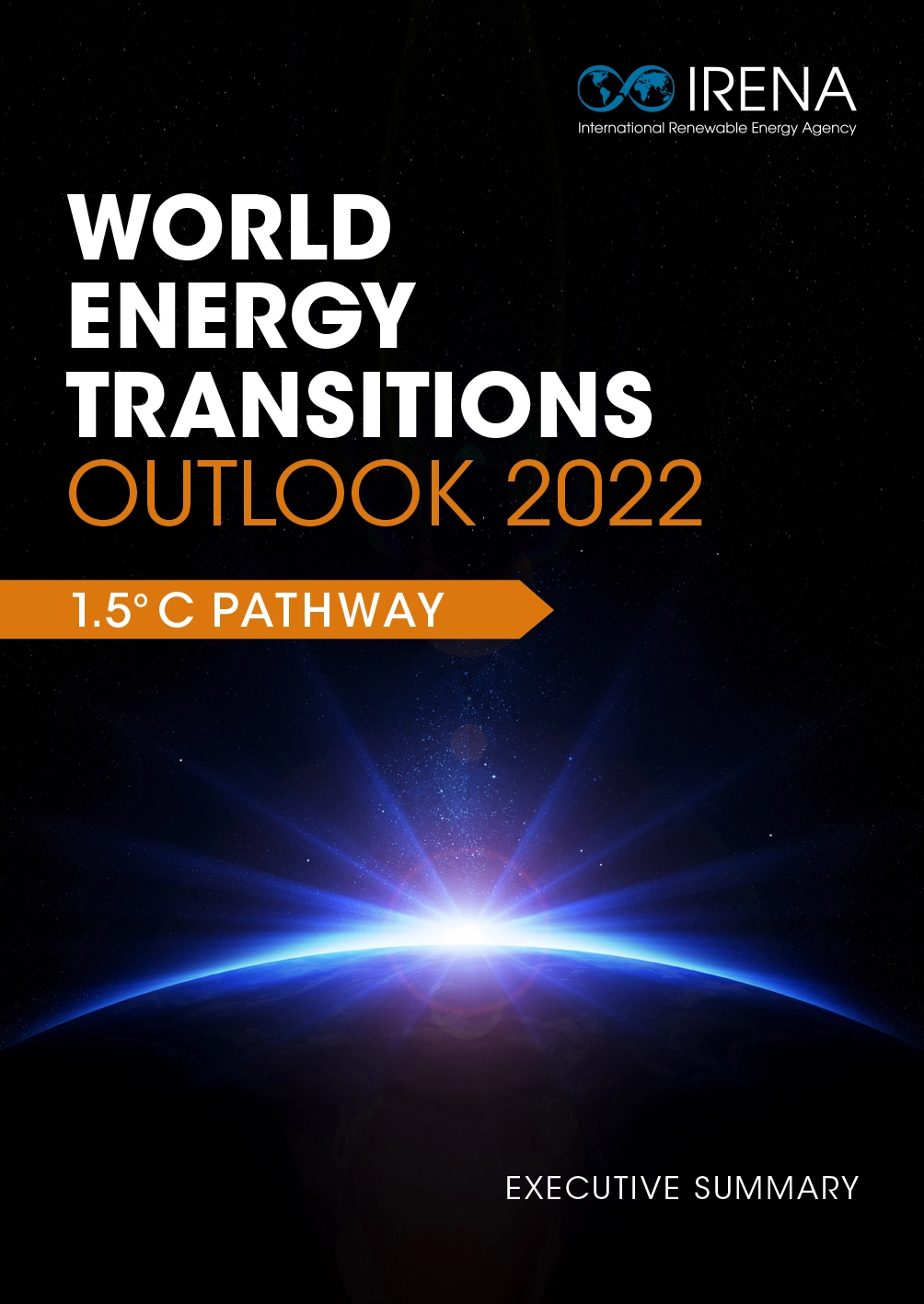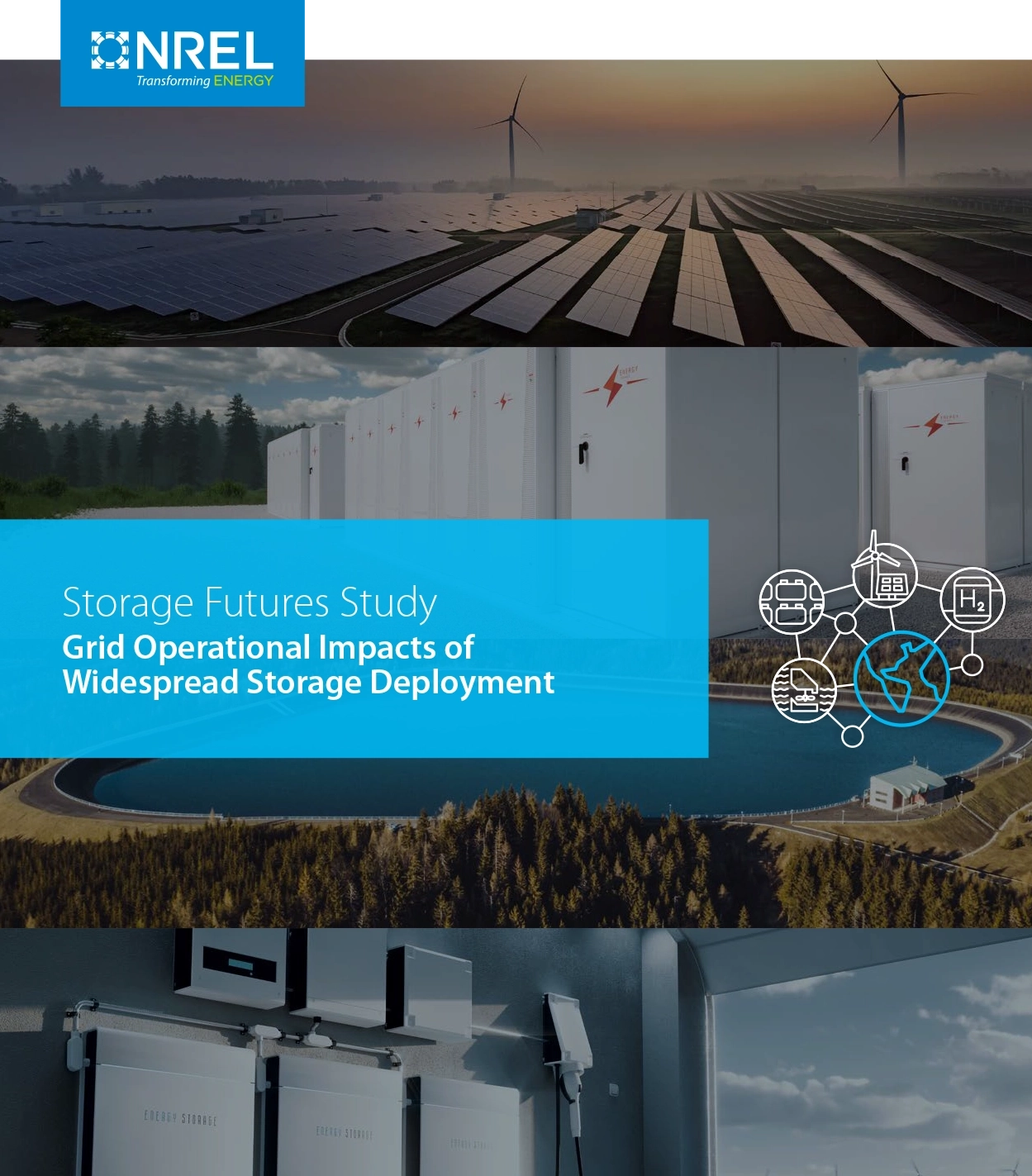The Challenge
The Challenge:
Enable governments, utilities and grid operators to maintain a reliable and cost-effective electric system while meeting aggressive decarbonization goals.
“Energy storage has the potential to accelerate full decarbonization of the electric grid. While shorter duration storage is currently being installed to support today’s level of renewable energy generation, longer duration storage technologies are needed as more renewables are deployed on the grid."
Long Duration Storage Shot
US Office of Energy Efficiency & Renewable Energy

The Situation:
-
Decarbonization mandates and renewable energy targets require unprecedented additions of “variable” renewable generation resources.
-
As more solar and wind resources are added, the grid becomes more susceptible to power swings and instability.
-
Long Duration Energy Storage (LDES) can solve the problem, providing on-demand power and grid stability while optimizing the use of renewable energy resources.
What's A "VER"?
The term “Variable Energy Resource” (VER) refers to any generation resource whose output is not perfectly controllable by a transmission system operator, and whose output is dependent on a fuel resource that cannot be directly stored or stockpiled and whose availability is difficult to predict. Wind and solar power generation are the primary VERs, since the sun does not shine all the time and the wind does not blow all the time. In some cases, hydroelectricity without storage could be considered a VER since its output is dependent on stream flows at any given moment.
Variable Energy Resources and Three Economic Challenges
PennState Department of Energy and Mineral Engineering
The Solution:
Achieving full decarbonization will require a broad cross-section of technologies, many of which are still in early development. We need LDES technologies that can deploy in the next 5 years... or we risk falling behind in the effort to combat climate change.
To Meet This Challenge, We Must Prioritize:
Using existing technologies to immediately deploy long-duration energy storage
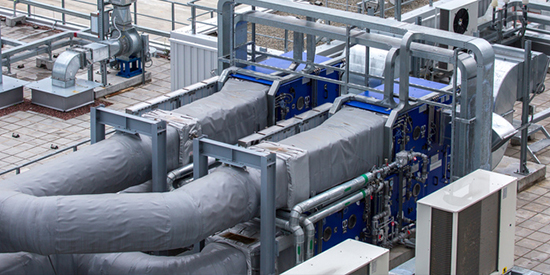
Minimizing impacts on grid stability – inertia, balancing, frequency response

Providing pathways for “legacy” energy professionals, labor, and host communities to participate in the energy transition
